We’ve all faced that sinking moment: a project finished, only to spot a critical flaw too late. Whether forgotten steps or unforeseen gaps, errors sabotage effort.
My own “cookie catastrophe” taught me this early. Living solo pre-internet, I craved chocolate chip cookies. Opting for store-bought dough, I sliced and baked it like bread. The result? A fused cookie monolith. The missing step? Cooling before stacking. That warm, crumbling lesson stuck.
Just as I learned from dessert disasters, an anonymous innovator once solved a furniture flaw the hard way—birthing edge banding.
From Stone Slabs to Space-Age Surfaces
Before desks and workbenches, ancient civilizations elevated life off the ground:
- Egyptians used stone tables for sacred objects.
- Chinese scholars crafted early writing surfaces.
- Romans transformed tables into dining centerpieces.
The word “table” itself fused Latin, Old English, and Old French roots—all meaning “flat surface on legs.” Industrialization later turned these into steel factory workhorses, then office desks. But solid wood’s weight and cost sparked a revolution…
The Engineered Wood Breakthrough
Plywood’s origin story crosses continents:
- 3500 BC Egyptians layered wood for coffin art.
- 1797: Samuel Bentham patents veneer-sawing machinery.
- 1920s: Waterproof resin transforms plywood into hulls for WWII aircraft.
Yet these layered materials exposed a fatal flaw: raw, porous edges. Humidity warped them; impacts splintered surfaces. The solution? Armoring edges became furniture’s silent priority.
Edge Banding: Science Meets Craft
Modern banding tackles two missions:
- Aesthetics – Hiding engineered cores
- Armor – Shielding against moisture/impact
Material Wars
| Polypropylene (PP) | Recyclable • UV-proof • Heat-resistant |
| ABS | Moldable • Eco-friendly • Mid-range durability |
| PVC | Budget-friendly • Toxic when burned |
| Wood Veneer | Authentic grain • Custom stains |
Bonding Breakthroughs
- Hot-Melt Glue: Factory staple for rapid adhesion
- Laser Edging: REHAU’s 2007 innovation fuses layers at a molecular level
- Iron-On: DIY hero (hint: trim before cooling)
Why we champion hot-air bonding: Seamless edges that survive coffee floods and moving-day chaos.
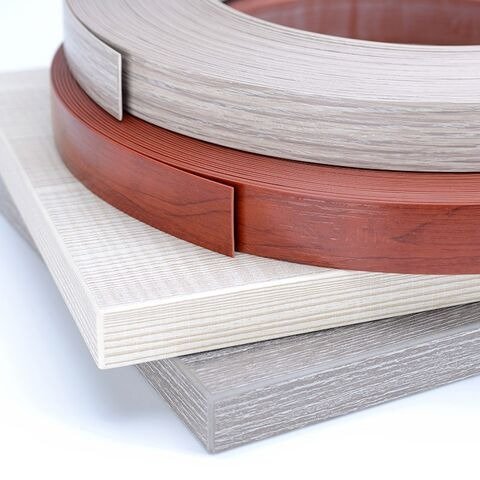
Edge banding’s journey mirrors human ingenuity:
Why History Matters
From stone-age slabs to space-age composites, that vulnerable edge evolved from weakness to warranty—proving that great design solves problems you never knew you had.















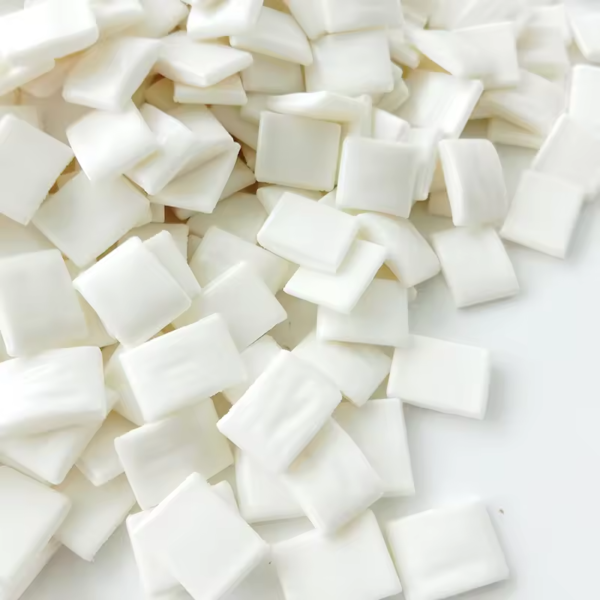

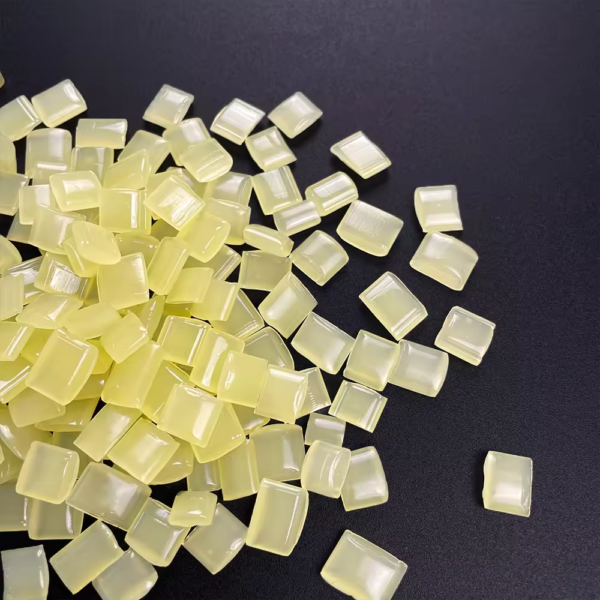


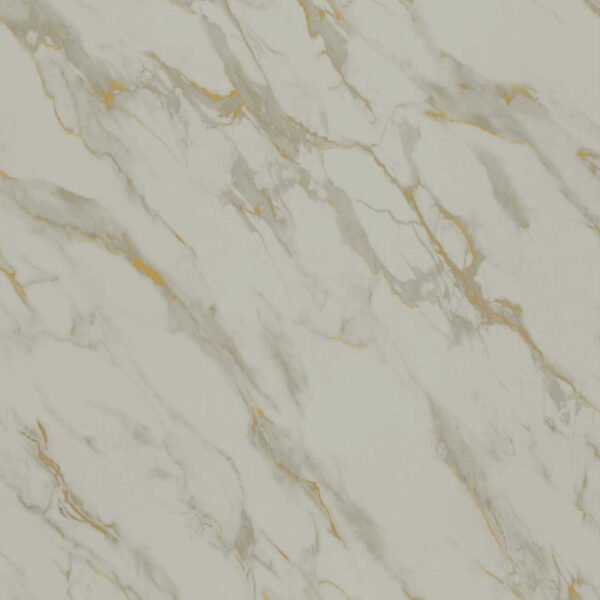

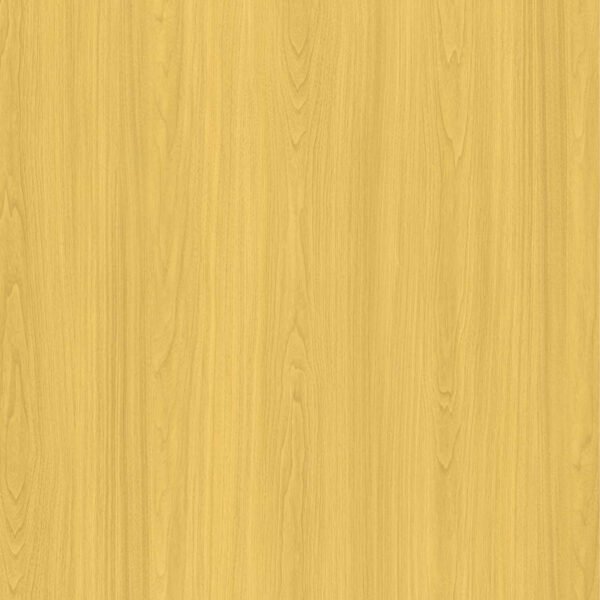


Leave a Reply